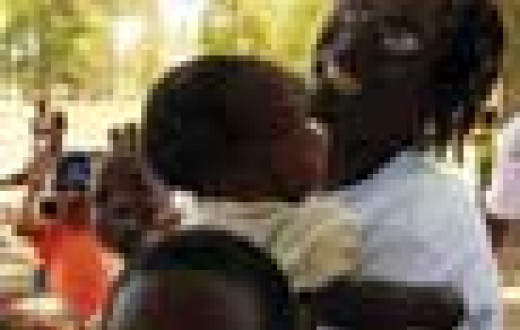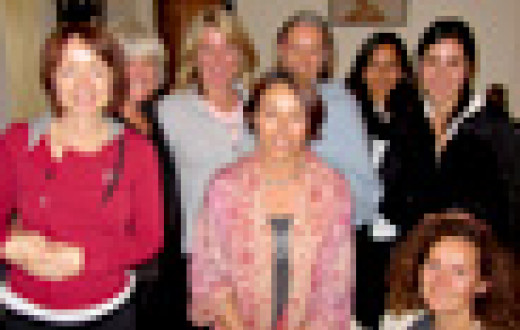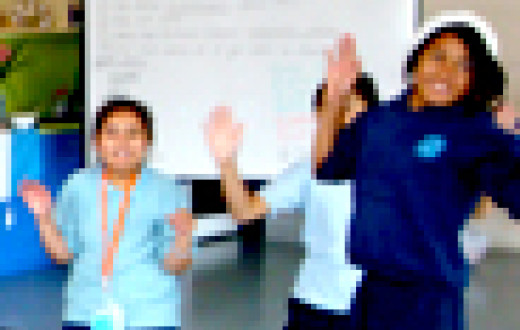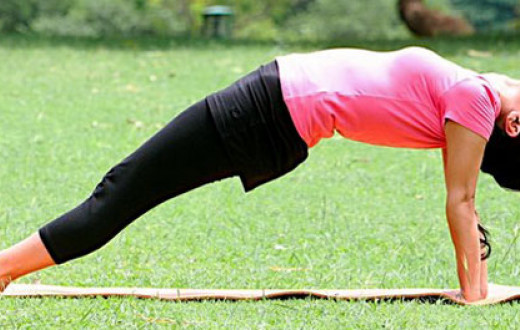After a magnitude 7.8 earthquake hit Nepal on April 25th, rescue efforts have swung into action. The Art of Living volunteers are on blood donation drives at one of the largest hospitals in Kathmandu that has been treating the hundreds of injured. Our centre in Kathmandu has been converted into a shelter camp. Over 200 people who have lost their homes, stayed there last night.
Even though Art of Living volunteers in Nepal have lost their homes, efforts are on to galvanize relief measures to help others in need.
If you’d like to reach out to the affected people in Nepal, you can contribute here.
We’ll be posting more updates here on the relief work.
Background of the disaster:
A magnitude-7.8 quake near the capital of Kathmandu has flattened homes, buildings and temples, causing widespread damage across the region and killing more than 1,900 people.
Art of Living’s disaster relief work:
With its worldwide network of volunteers, The Art of Living has been able to immediately reach the calamity-struck place anywhere in the world, providing physical and mental solace and material relief. Through this network, The Art of Living has established itself as one of the vital links in disaster rehabilitation programs the world over.
From extensive relief and rehabilitation work in the tsunami-affected areas to trauma relief camps in war-torn Iraq and in the aftermath of 9/11 attacks in New York to earthquake relief in Gujarat, volunteers of The Art of Living have gone beyond the concern of their own safety to tend to the mental, emotional and material needs of natural or manmade disaster victims.
The Art of Living, along with its sister organisations, International Association for Human Values and Vyakti Vikas Kendra India, has taken upon itself the responsibility of soothing any society rattled by violence and other natural disasters. Guided by Gurudev, it has developed an effective and dynamic three-stage model for responding to emergency disasters.
IMMEDIATE MATERIAL AID AND SERVICE: This entails providing emergency services and material aid in the aftermath of a calamity which includes food, clothes, medicines and shelter. Doctors, counsellors and other physical and mental health experts form an integral part of such immediate relief efforts.
NEAR-TERM TRAUMA RELIEF: For survivors of such disasters, who have experienced severe physical and emotional trauma, material help alone is not sufficient. Alleviating the trauma and helping them reclaim their lives is essential. A study on The Art of Living Trauma Relief Programs given to large groups of Southeast Asia tsunami survivors showed significant relief from post-traumatic stress disorder in four days only.
LONG-TERM REHABILITATION: True relief can only happen when disaster survivors are completely rehabilitated - physically, emotionally and socially - and have a sustainable means of earning their livelihood. To achieve this, volunteers work in villages and with local communities, building homes, sanitation systems, roads, schools, vocational training centres and other necessary infrastructure.
The Trauma Relief Programs of The Art of Living have also been instrumental in alleviating post-traumatic stress disorder. The organisation has provided long-term rehabilitation and trauma care to victims in the aftermath of almost every major disaster in the world.























